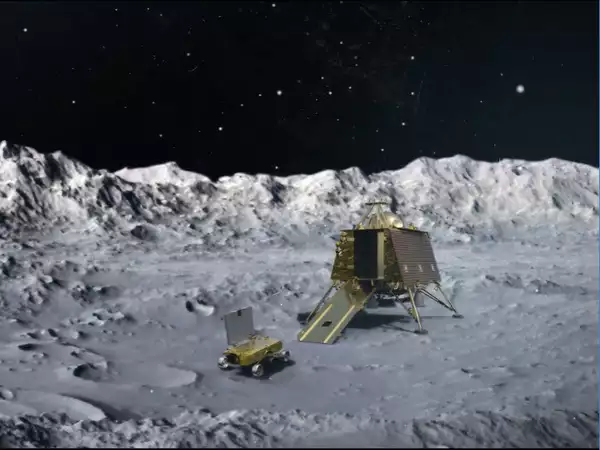As per research published in the journal Nam, the possibility of minerals on the moon is strong.
India’s National Space Research Agency (ISRO) has achieved great success as its instrument Chandrayaan-2 has found hydroxyl and water molecules on the lunar surface and has successfully traced these two molecules to Chandrayaan. The ISRO program will conduct further research on water molecules on the surface of the moon and also provide information about the origin and temperature of water on the moon.
The discovery is being hailed as a major achievement by ISRO, and especially by the Space Application Center, with a fully indigenous imaging infrared spectrometer and paving the way for the process of gathering information on the moon and other planets in the coming days.
In India’s first moon mission Chandrayaan 1, ISRO also got new details through Moon Mineralogy Mapper, but for the research tool, ISRO enlisted the help of NASA, the US space agency.
Six Indian agencies worked together for a research paper published in the Current Science Journal in August, which included ISRO’s Bengaluru headquarters and the US headquarters there. R. Rao was jointly launched by the Satellite Center with the Space Application Center, Ahmedabad, and the Indian Institute of Remote Sensing, Dehradun.
This research paper talks about the origin of water molecules through the sun’s rays on the lunar surface through a process called space weathering.
Although Chandrayaan 2, a soft landing and rover to the lunar surface, failed, the orbiter with Chandrayaan-2 still sends accurate information about the lunar surface and the lunar atmosphere back to Earth, opening the door to the future.












